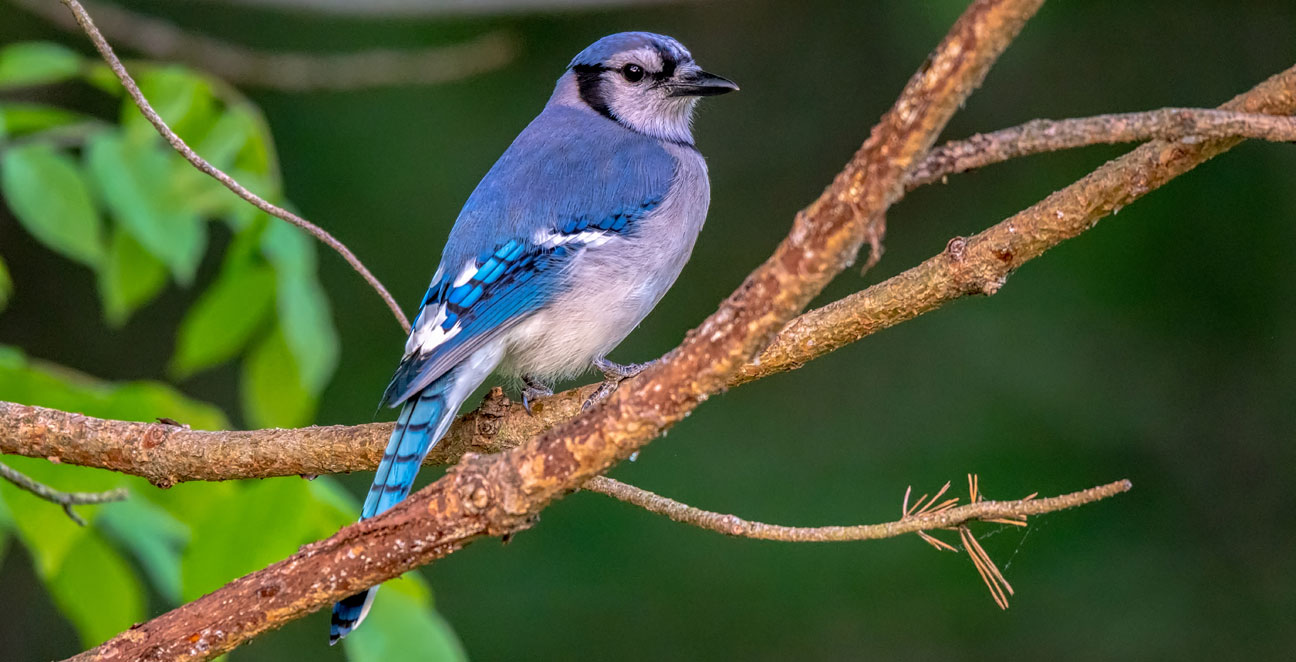
Barred Owl
Scientific Name:
Strix varia
Length:
16.9-19.7 in (43-50 cm)
Weight:
16.6-37.0 oz (470-1050 g)
Wingspan:
39.0-43.3 in (99-110 cm)
Nest:
The nest is in large natural hollow in tree, broken-off snag, or on old nest of hawk, crow, or squirrel. Rarely nests on ground.
Eggs:
2-3, rarely 4. White. Incubation is mostly or entirely by female, about 28-33 days; male brings food to incubating female.
Feeding Behavior:
They eat many mice and other small rodents, also squirrels, rabbits, opossums, shrews, other small mammals. Also eats various birds, frogs, salamanders, snakes, lizards, some insects. May take aquatic creatures such as crayfish, crabs, fish.
Young:
Female may remain with young much of time at first, while male hunts and brings back food for her and for young. Age of young at first flight about 6 weeks.
Range:
They are found as far northeast as much of Nova Scotia, in much of Quebec, up to Lake Mistassini, and Ontario, up to Moosonee. Most Barred Owls remain in a single area their whole lives. On rare occasions they may wander farther in search of food during winters when prey is scarce.
Brief Description:
The species was named due to the varied directions the dusky markings take on their underside. They are greyish-brown or brown. The brownish color extends from the head to the back. Barred owls are scalloped with white bars on the mantle and the back, bearing as well some whitish spotting on the wing coverts.